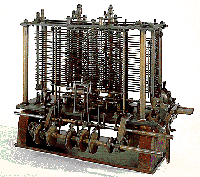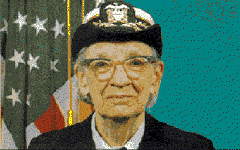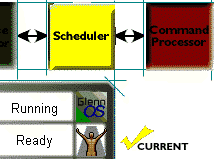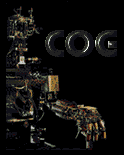Preface
- Chapter 1. Introducing ... the Universal Machine!
- 1.1 Connotations of "universal machine"
- 1.2 The Very Idea of the Universal Machine
- 1.3 Anatomy of the Machine
- 1.4 Faces of the Machine
|
 |
- Chapter 4. Programming languages and their translators
- 4.1 Interpreters vs. compilers
- 4.2 How compilers produce actual machine code
- 4.3 Lookout for C++--
- 4.4 Inside Knobby's programming language translator
- 4.5 A brief history of programming languages
|
 |
- Chapter 8. Peeling the onion: computer architecture
- 8.1 The register machine
- 8.2 Boolean circuits
|
` |
- Chapter 10. Operating systems and networks
- 10.1 A brief history of operating systems
- 10.2 Booting an operating system
- 10.3 Operating system architecture
- 10.4 Networks
- 10.5 Protection and security
|
 |
- Chapter 12. Computing theory
- 12.1 Complexity and efficiency
- 12.2 Abstract "computing machines"
|
|
- Chapter 15. Social and ethical issues
- 15.1 Computers and society
- 15.2 Computers and social change
- 15.3 Computers and privacy
- 15.4 Computers and legal issues
- 15.5 Professional ethics
|
 |
- Chapter 16. Artificial intelligence
- 16.1 Big questions
- 16.2 AI algorithms and engines
- 16.3 AI engines and AI technology
- 16.4 Neural networks
- 16.5 Agents and robots
|
 |









